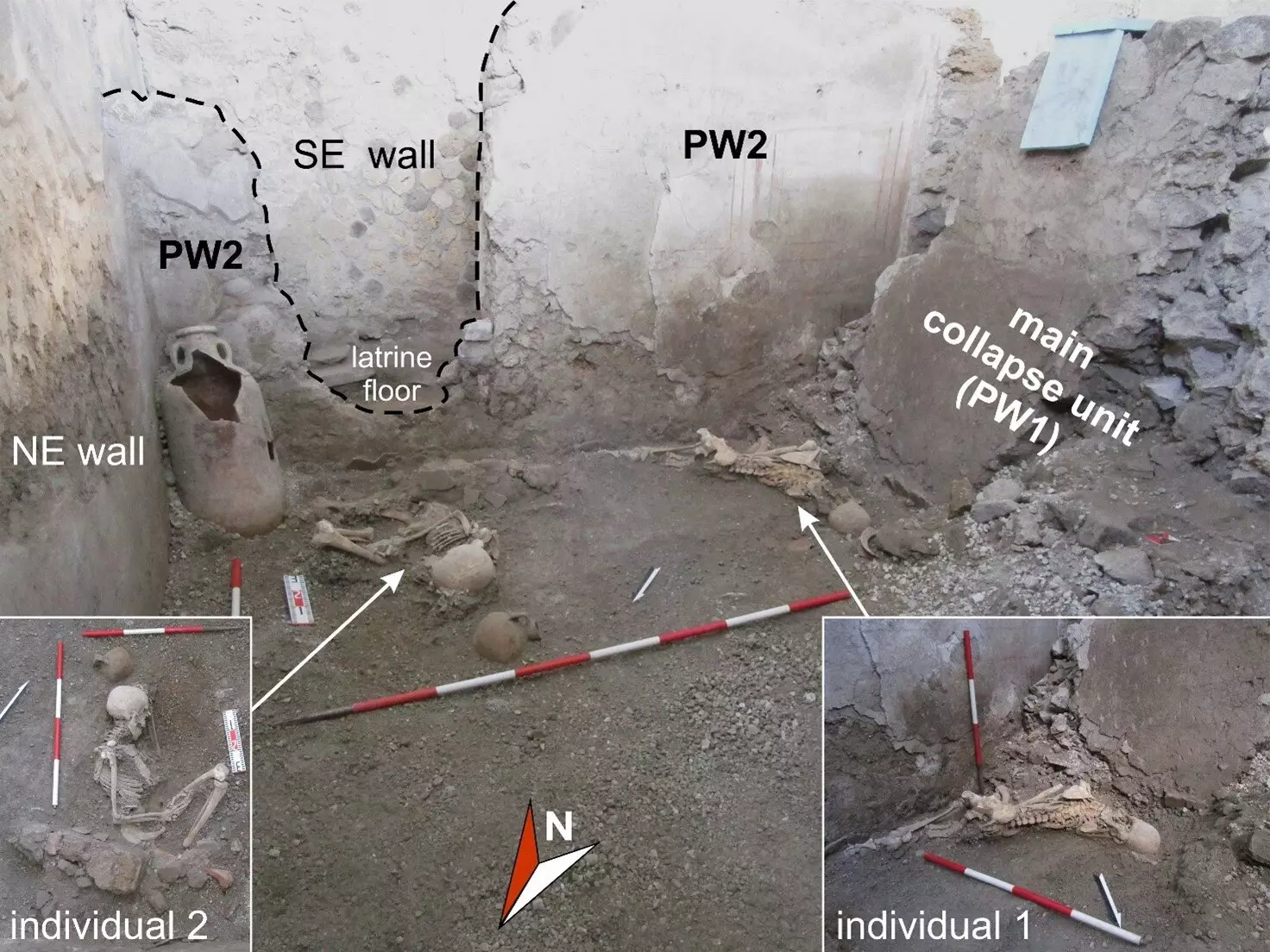Nearly two millennia have passed since Pliny the Younger captured the terror of Vesuvius erupting through his letters, yet the city of Pompeii continues to yield secrets of its tragic demise—secrets that intertwine earthquakes and volcanic activity in a deadly dance. A groundbreaking study spearheaded by researchers from the Istituto Nazionale di Geofisica e Vulcanologia (INGV) and Pompeii Archaeological Park has opened new avenues of understanding, illuminating the tremors that rocked the city even as the skies rained ash. The revelation that seismicity played a crucial role in the destruction of Pompeii is a potent reminder of how intertwined natural disasters can be.
The challenge faced by researchers lies in disentangling the narratives of earthquakes from those of volcanic eruptions. The simultaneous occurrence of these phenomena creates a complex puzzle, where each quake or blast can be mistaken for the other. In this critical exploration, volcanologist Dr. Domenico Sparice likened their research to fitting together jigsaw pieces—where each piece must align to depict the complete disaster that enveloped Pompeii. The relationship between volcanic eruptions and earthquakes is more than a scientific inquiry; it is a poignant quest to understand the desperate choices made by those inhabiting a city enveloped in chaos.
The Significance of Seismic Activity
One of the most startling findings of this study is the assertion that seismic activity—not just the volcanic eruption—was significant in shaping the catastrophic aftermath. Destruction from seismicity likely influenced the behavior of the residents, many of whom faced unimaginable choices in their frantic attempts to escape death. Dr. Fabrizio Galadini, a senior researcher at INGV, emphasized that accurately identifying cause-and-effect relationships between the seismic and volcanic impacts is essential to reconstructing the harrowing experience that marked the last days of Pompeii.
The researchers concentrated on areas like the “Casa dei Pittori al Lavoro,” where they uncovered structural anomalies that contradicted previously understood volcanic damage. These sites bore the marks of seismic activity, pointing towards a dual assault on the city. Earthquakes, too, can shatter hope, trapping people in their homes even as they believed themselves safe from the eruptive chaos. This revelation compels us to reconsider how we perceive the dynamics of destruction: were residents merely victims of volcanic fury, or did seismic shocks seal their fates?
A Window into Human Resilience and Despair
Excavations unveiled skeletal remains of two men, both around the age of 50. Unlike many victims who succumbed to volcanic gases and heat, these individuals bore signs of trauma consistent with a violent building collapse. Their positioning amid the ash painted a vivid picture of the final moments before calamity, revealing a tragic interplay of survival instincts and inevitable devastation.
One individual seemed to have faced the collapse directly, potentially killed by a crushing wall—a moment frozen in time that conveys the sheer terror that enveloped the city. The other attempted to shield himself, revealing instincts of preservation under the threat of disaster. Such details enhance our understanding of what it meant to live in Pompeii on that fateful day, as it becomes apparent that not everyone died due to the eruption’s direct impacts. Instead, we find evidence that many residents were galvanized by a shockwave of seismic instructions.
The Broader Implications of the Study
The researchers proclaim that the fresh insights gleaned from this comprehensive study provide a closer connection to the experiences of the people from 79 CE. The choices made under dire circumstances emerged not merely from personal inclinations but were intricately tethered to the myriad natural phenomena that unfurled around them. The study provides a critical lens through which we can view the human experience during a catastrophe—how the trauma of one disaster can set the stage for another.
The uncertainties remain stark: We may never know the precise numbers of lives lost due to volcanic eruptions versus earthquake-induced collapses. However, what this research successfully initiates is a dialogue about the multifaceted nature of disasters and the ramifications they impose on human lives. The duality of destruction paints a complex picture of Pompeii’s last days; a story of resilience intertwined with tragedy that continues to resonate throughout history.
In the end, the research shifts the focus from mere historical documentation to a greater understanding of human behavior amid disaster. It posits that these ancient lives echo the struggles we still face today, where the intersection of nature’s wrath and human vulnerability remains an enduring reality. The saga of Pompeii is a reminder that even under the shadow of obliteration, the human spirit wrestles for survival, revealing the intricate tapestry of life that persists, even amidst chaos.


Leave a Reply